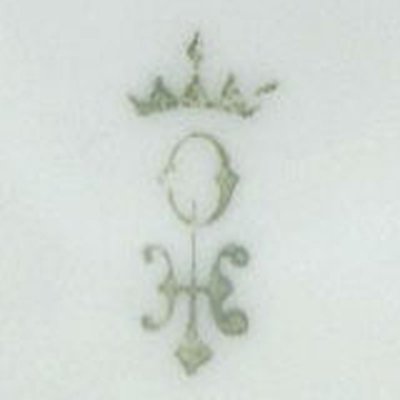
Image 020705-01-01
Used between 1882 and 1900, crowned "OH", registered at the Königliches Amtsgericht Waldenburg under №·25 on August 6th 1883.
The factory is often incorrectly claimed to have been located in the town of Waldenburg (today Wałbrzych), but Hermann Ohme only had a decoration studio there and his main factory actually was in Niedersalzbrunn (today Sczawienko) in the former Waldenburg district. Niedersalzbrunn itself was part of the town Bad Salzbrunn (today Szczawno-Zdrój) which included the town areas Obersalzbrunn, Niedersalzbrunn and Neu Salzbrunn.
Ohme mainly produced full dinner sets which were available in two distinct types of porcelain. The so-called "Clear Glaze" and "Old Ivory" wares were both made from the same quality of porcelain but the Old Ivory type received an additional light ivory colored matte glaze. The Clear Glaze type, decorated with a wide variety of floral and geometric patterns, was produced for the European and the U.S. market; it was also the most produced type as it was also sold as undecorated (or "blank") porcelain in great numbers.
The customers for these blank products were not only hobbyists, large numbers were purchased by commercial decorating firms such as Pickard and Stouffer. For the U.S. market the Old Ivory type always carried the Old Ivory brand name; other genuine Old Ivory items (comparison mold/decoration) can be found without the Old Ivory mark and were mainly for the British market. Blanks were also issued from this type of porcelain, but they are quite rare.
In 1913 the company was owned by Hermann Ohme, E.M. Bauer and Hermann Ohme jr. and together they further increased production for the export market which later proved to be a fatal decision. Ignoring the first signs of what later should become the World Financial Crisis the company tried to further expand and in 1930 the number of employees reached a total of 400 people. As the company had only concentrated on export alone, business suddenly dropped in the same way the financial market collapsed; the company was forced to file for bankruptcy the same year.
Three marks also used by Ohme are not shown here as I do not have any good pictures available: two show a larger crown above "Ohme" inside a frilly border (both used 1900-1920), the third is an oval containing the words "Ohme Porzellan" (used 1920-1930).
Like so often, there are differences between the use of a certain mark and it's actual registration. Hold in mind that a mark was protected from the date of application filing, it did not matter when exactly the registration process was complete. This could be anything from a month up until years (!) later, see for example Image-1-02: application filed March 1885, registration complete October 1889. This of course caused problems now and then, thus the maximum period of registration proceedings was later set to twelve months. Even today it may take up to six months from the day of application until the registration is accepted and officially published.

Image 020705-01-01
Used between 1882 and 1900, crowned "OH", registered at the Königliches Amtsgericht Waldenburg under №·25 on August 6th 1883.
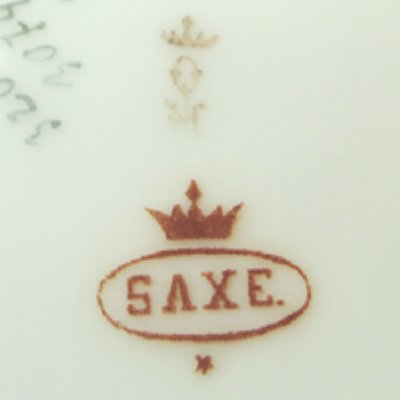
Image 020705-01-02
Used between 1885 and 1900, the oval "Saxe" addition was registered at the Königliches Amtsgericht Waldenburg under №·40 on October 18th 1889.
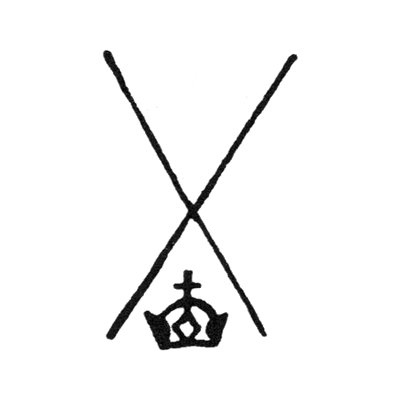
Image 020705-01-03
Used between 1893 and 1900, crossed lines above a crown. This mark was normally used without any additions.
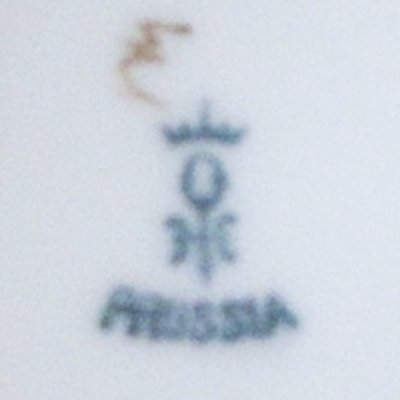
Image 020705-01-04
Used between 1900 and 1920, crowned "OH" above "Prussia". Parallel use with the next mark.
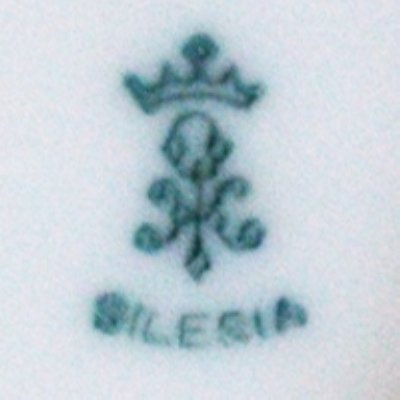
Image 020705-01-05
Used between 1900 and 1920, crowned "OH" above "Silesia".
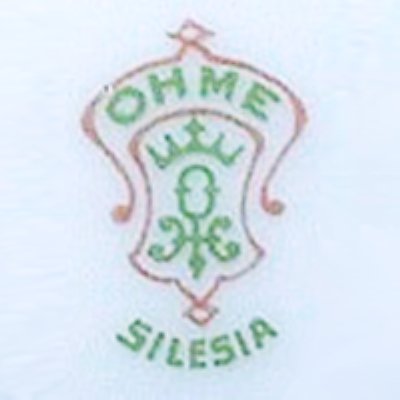
Image 020705-01-06
Used between 1908 and 1920. Planned as standalone mark at first, this one was often used in addition to the previous two mark versions.
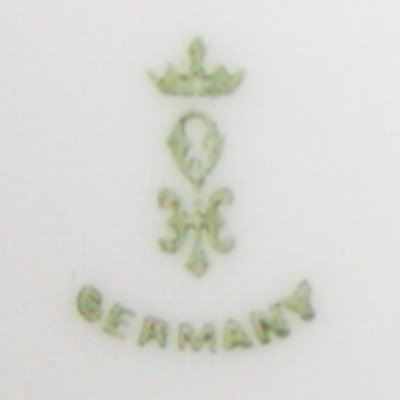
Image 020705-01-07
Used between 1920 and 1930, in blue or green. "Germany" (or "Ohme, Germany") below the crowned "OH".
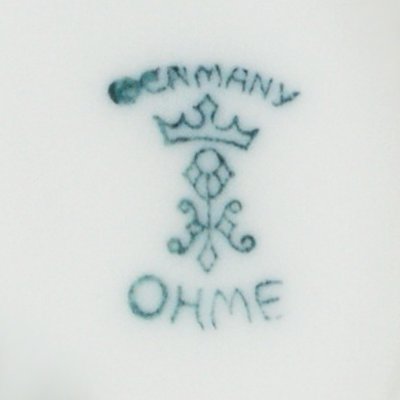
Image 020705-01-08
Used between 1920 and 1930, in blue or green. "Germany" above the crowned "OH" and "Ohme" underneath all.
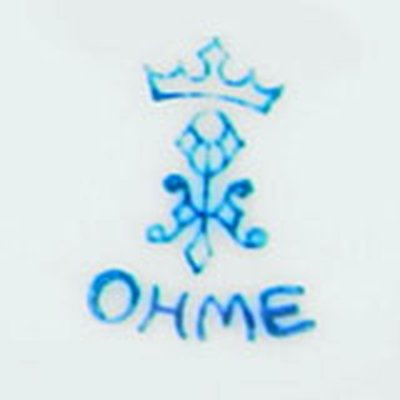
Image 020705-01-09
Used between 1920 and 1930, in blue or green. "Germany" below the crowned "OH".
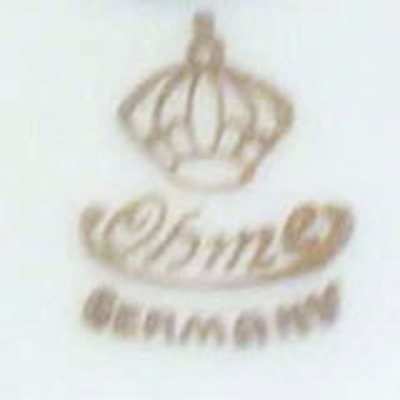
Image 020705-01-10
Used between 1920 and 1930, large crown above "Ohme" and "Germany", here an example in gold.
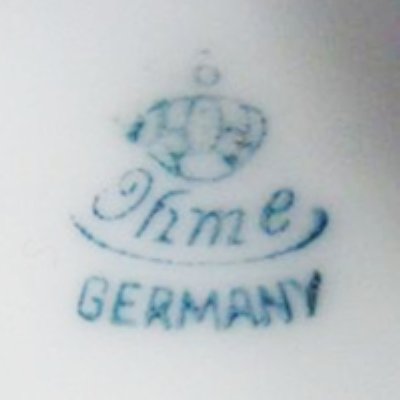
Image 020705-01-11
Used between 1920 and 1930, large crown above "Ohme" and "Germany", an example in blue.
© 2004-2025 C.S.Marshall, all rights reserved